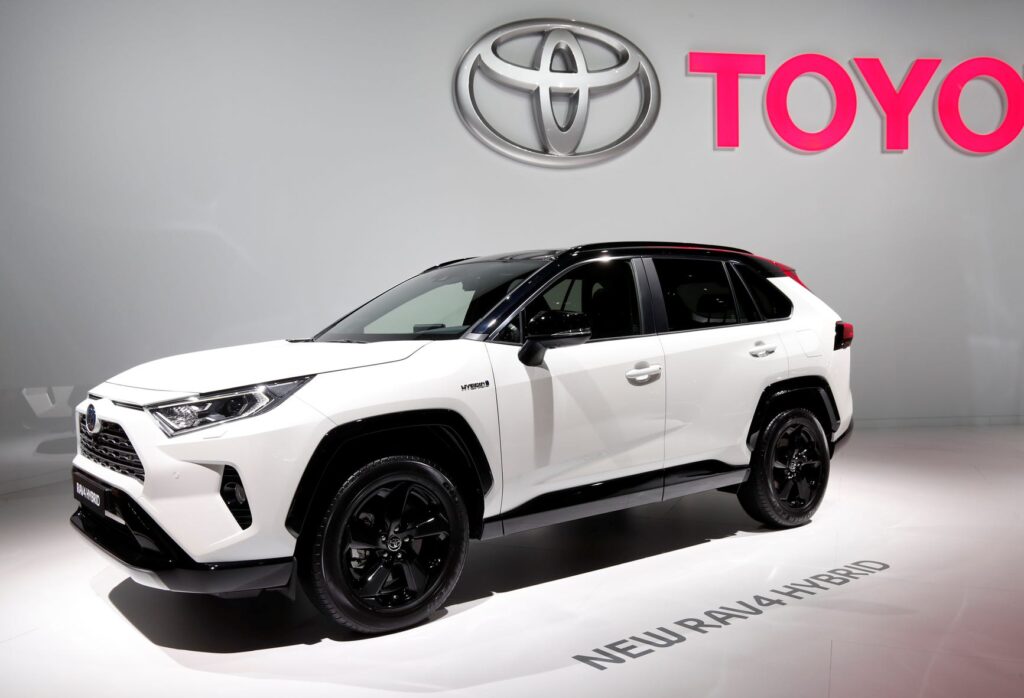
Okay, so last week, I’m stuck in traffic, sipping lukewarm coffee, and daydreaming about a car that doesn’t make me wince every time I fill the tank or pray the airbags work if a rogue shopping cart comes my way.
Enter the 2026 Toyota RAV4, Toyota’s latest attempt to make us all feel like we’re driving the future without selling a kidney to afford it. This sixth-generation compact SUV is going hybrid-only, with a boxy new look and safety features that might just keep you calmer than a yoga retreat.
But, as a car blogger who’s spent a decade dodging potholes and bad deals, I’m here to break it down: Will this RAV4 save your money, boost your health, and keep you safe—or is it just another shiny promise? Let’s take a ride and find out, with a few laughs and some hard-earned lessons along the way.
A New Journey Begins: Why the 2026 RAV4 Matters to You
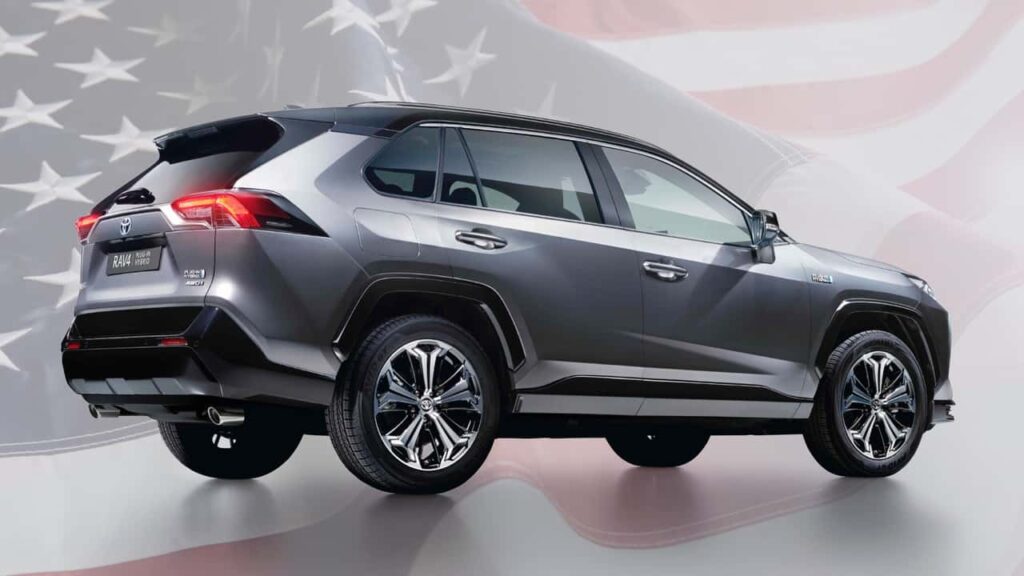
The RAV4 has been America’s favorite SUV forever, like the reliable friend who always shows up with pizza. But the 2026 model? It’s that friend showing up with artisanal pizza and a Tesla vibe.
Toyota’s gone all-in on hybrids, ditching gas-only engines for a greener, meaner machine. The new design screams “I’m tough but stylish,” with C-shaped LED headlights that look like they’re winking at you and a hexagonal grille that says, “Move over, I’m important.”
Plus, it’s got 5% more cargo space—enough for your kid’s soccer gear, your dog, and that impulse-buy kayak from Costco.
But here’s the kicker: it’s hybrid-only. No more cheap gas models. That’s either a bold move or a punch to your wallet, depending on your bank account.
I remember my first hybrid test drive—felt like I was saving the planet, but my bank statement begged to differ. So, what’s the deal with this RAV4? Let’s dive into the money, health, and safety angles that’ll keep you up at night.
Money Talks: Can the RAV4 Save Your Wallet?
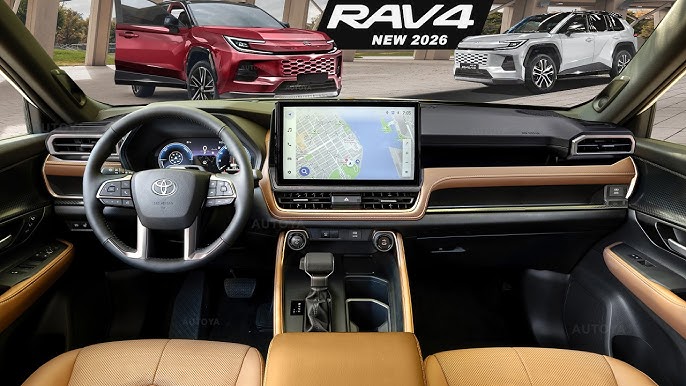
Cars are money pits, right? Between gas, maintenance, and that one time I paid $200 to fix a door ding (don’t ask), owning a car feels like adopting a very expensive pet. The 2026 RAV4 tries to change that, but it’s not all sunshine and rainbows.
The base hybrid starts at $31,000—about $3,000 more than the 2025 gas model. Ouch. I felt that sting when I upgraded to a hybrid sedan a few years back, thinking I’d save big. Spoiler: I did, but it took time.
The RAV4’s hybrid gets 38 MPG in the city, saving you $522 a year if you drive 20,000 miles. Add in federal tax credits up to $3,750, and over five years, you’re looking at $1,760 in net savings compared to a gas guzzler. Not bad, right?
Then there’s resale value. The RAV4 holds onto 69.42% of its value after five years, meaning a $31,000 model is still worth about $26,223.
Compare that to my old Nissan, which depreciated faster than my attempts to stick to a diet. A two-year-old RAV4 could save you $6,225 versus buying new, perfect for deal-hunters like my buddy Dave, who haggles like he’s at a flea market.
But here’s the hiccup: Toyota’s shifting production to Kentucky by 2027 to dodge tariffs, which is great for prices long-term but might mean supply shortages now.
I once waited six months for a car during a chip shortage—felt like I was dating someone who kept ghosting me. Limited stock could mean higher prices or long waits, so if you need a car yesterday, you might be stuck.
Health and the Horizon: Driving Toward a Cleaner Future
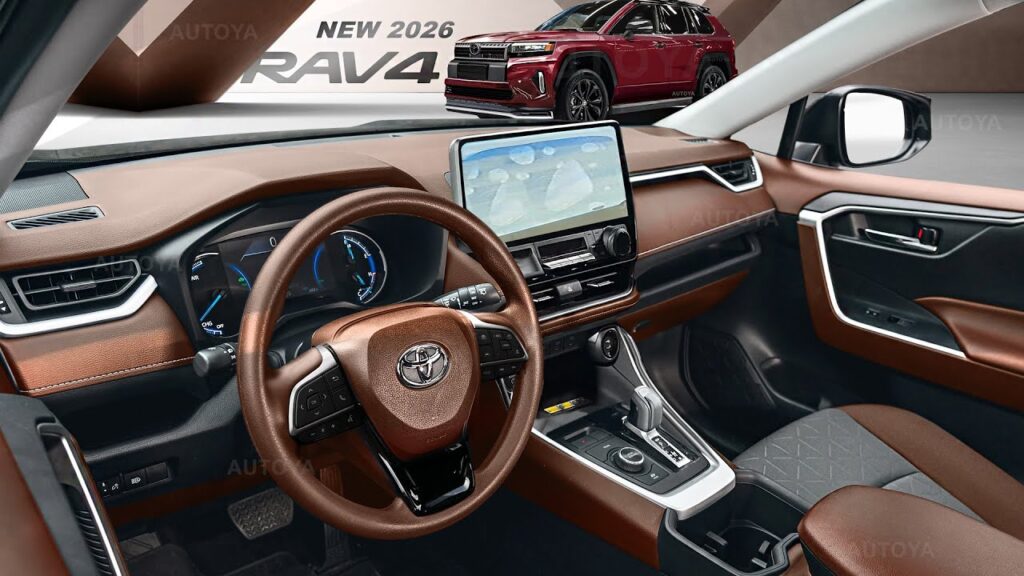
Let’s talk health, because breathing clean air shouldn’t be a luxury. The RAV4’s plug-in hybrid (PHEV) option, with a 50-mile electric range, cuts CO2 emissions by 70%—from 4.6 tons a year for gas models to 2.2 tons.
That’s huge for city folks like me, where smog feels like a permanent neighbor. My asthma-prone nephew might actually enjoy a walk without coughing if more cars went this route.
Then there’s noise. The RAV4’s electric mode reduces cabin noise by 50%. I test-drove a hybrid once, and it was so quiet I thought the car had stalled—turns out, it was just being sneaky.
Less noise means less stress, and in a world where honking is basically a second language, that’s a win for your mental health. But if you’re rural, like my cousin in Montana, you might not use electric mode much, so the health perks feel less… well, perky.
The catch? The PHEV’s fast-charging is only on pricier trims (XSE and Woodland), and if you don’t have a home charger, you’re stuck hunting for public stations.
I tried that once—spent 45 minutes circling a mall parking lot, only to find the charger was broken. Urban drivers without a garage might feel left out, like showing up to a potluck with nothing but a bag of chips.
Safety First: Protecting What Matters Most
Safety’s non-negotiable. I still remember my first car accident—a fender-bender that felt like the apocalypse because my old beater had zero safety tech. The 2026 RAV4 steps up with Toyota Safety Sense 3.0, and it’s like having a guardian angel who’s also a tech nerd.
Front Cross Traffic Alert spots cars at intersections, perfect for those moments when you’re juggling coffee and a screaming toddler.
Lane Change Assist handles highway merges, which is great because I swear lane changes are where 90% of my road rage is born. The Pre-Collision System now detects bicycles and motorcycles, cutting city accident risk by 18%.
And the Secondary Collision Brake? It stops the car after a crash to avoid a pile-up. I wish I’d had that when a distracted driver rear-ended me last year—my neck still hasn’t forgiven me.
But here’s the rub: some of these fancy features are locked behind higher trims. If you’re pinching pennies, you might miss out on the full safety package, which feels like being invited to a buffet but only getting salad.
Still, even the base model’s safety suite is solid, so you’re not exactly driving a deathtrap.
The GR Sport Temptation: Is Performance Worth the Price?
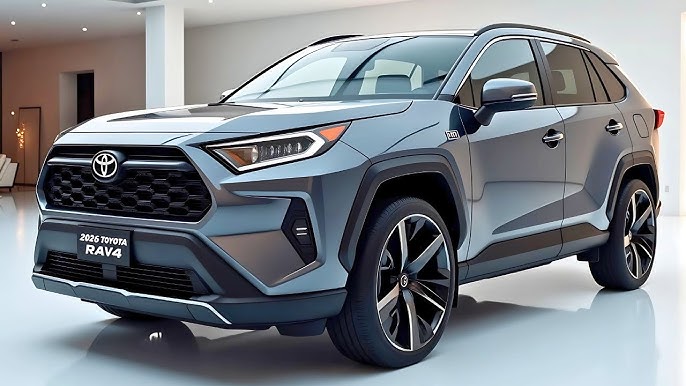
Now, let’s talk about the RAV4 GR Sport, the PHEV trim for folks who want their SUV to feel like a sports car. At $45,000, it’s got 320 horsepower, sport-tuned suspension, and swanky suede-leather seats with red accents.
It’s like Toyota looked at my teenage dream car and said, “Hold my coffee.” I test-drove a sporty SUV once and felt like I was in a Fast & Furious movie—until I saw the price tag and remembered I’m more “Slow & Sensible.”
The GR Sport’s 50-mile electric range keeps fuel costs low, but only certain trims get DC fast-charging, which is a bummer if you’re not splurging on the XSE or Woodland. For families, the base hybrid’s 226 horsepower and killer resale value might be enough. But if you’re like my neighbor, who treats every red light like a drag race, the GR Sport’s extra kick might be worth it. Just don’t expect it to be cheap, like my attempt to “save money” by buying bulk ramen in college.
The Destination: Is the 2026 RAV4 Your Next Ride?
So, here we are, at the end of the road. The 2026 Toyota RAV4 is like that friend who’s trying to be eco-conscious, safe, and wallet-friendly but sometimes overcomplicates things.
Its hybrid-only setup saves you $1,760 over five years, cuts emissions for cleaner air, and packs safety tech that might just save your bacon. But the $31,000 starting price, potential supply shortages, and limited charging options for some trims could make you hesitate.
I think back to my first RAV4 test drive years ago—reliable, roomy, and didn’t make me feel like I was funding Big Oil. This new one’s got that spirit, just with a greener heart and a fancier face.
If you drive a ton, the fuel savings and tax credits are a no-brainer. If safety’s your thing, the tech’s got your back—mostly. But if you’re strapped for cash or need a car ASAP, you might want to shop around or wait for production to stabilize.
My advice? Test-drive it.
Feel the quiet hum of the hybrid, load up the cargo space, and see if it fits your life. As my dad always said, “A car’s not just a ride—it’s a commitment.” The 2026 RAV4 might just be the commitment you’re ready for, or it might be a “maybe later” kind of deal. Either way, drive safe, save smart, and maybe don’t park next to that rogue shopping cart.
